Performance Analysis of WSN on NS2 Simulator and WirelessHART
VerifiedAdded on 2023/04/25
|14
|939
|164
Report
AI Summary
This report presents an analysis of Wireless Sensor Networks (WSN) using the NS2 simulator. It begins with an introduction to WSNs, highlighting their features and the NS2 simulator's capabilities. The report then explores two network topologies: mesh and cluster networks. The simulation scenarios focus on packet loading and reception ratios. A significant portion of the report is dedicated to WirelessHART, detailing its architecture, implementation, and validation processes. The implementation aspects include modifications to the physical, network, data link, application, and transport layers. The validation process involves traffic pattern generation and verification. Finally, the report discusses the applications of WirelessHART, including closed-loop regulation and safety actions, and concludes with potential future applications, such as supporting ad-hoc mode and real-time industrial process control. References to relevant research papers are also provided.
1 out of 14
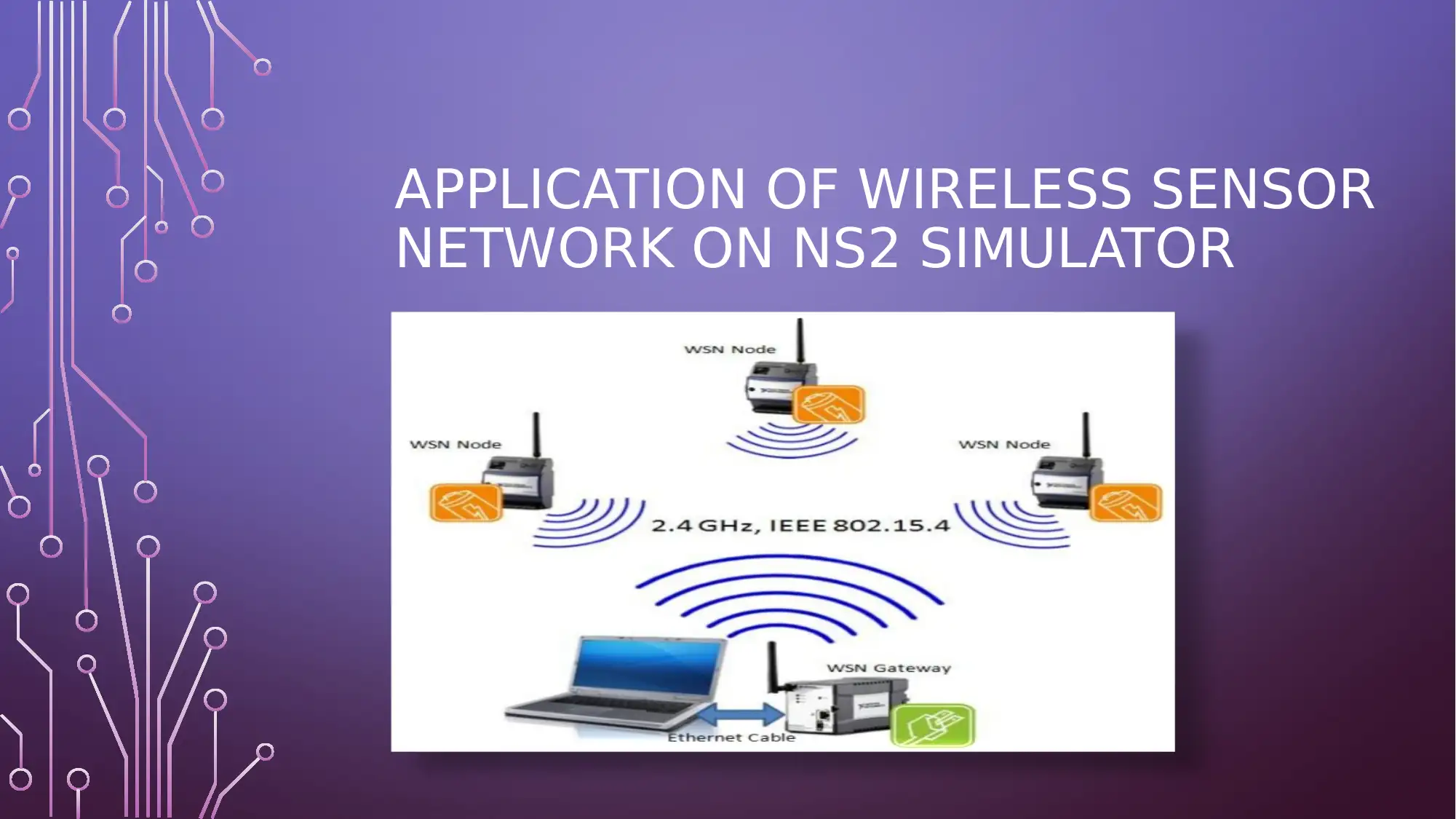
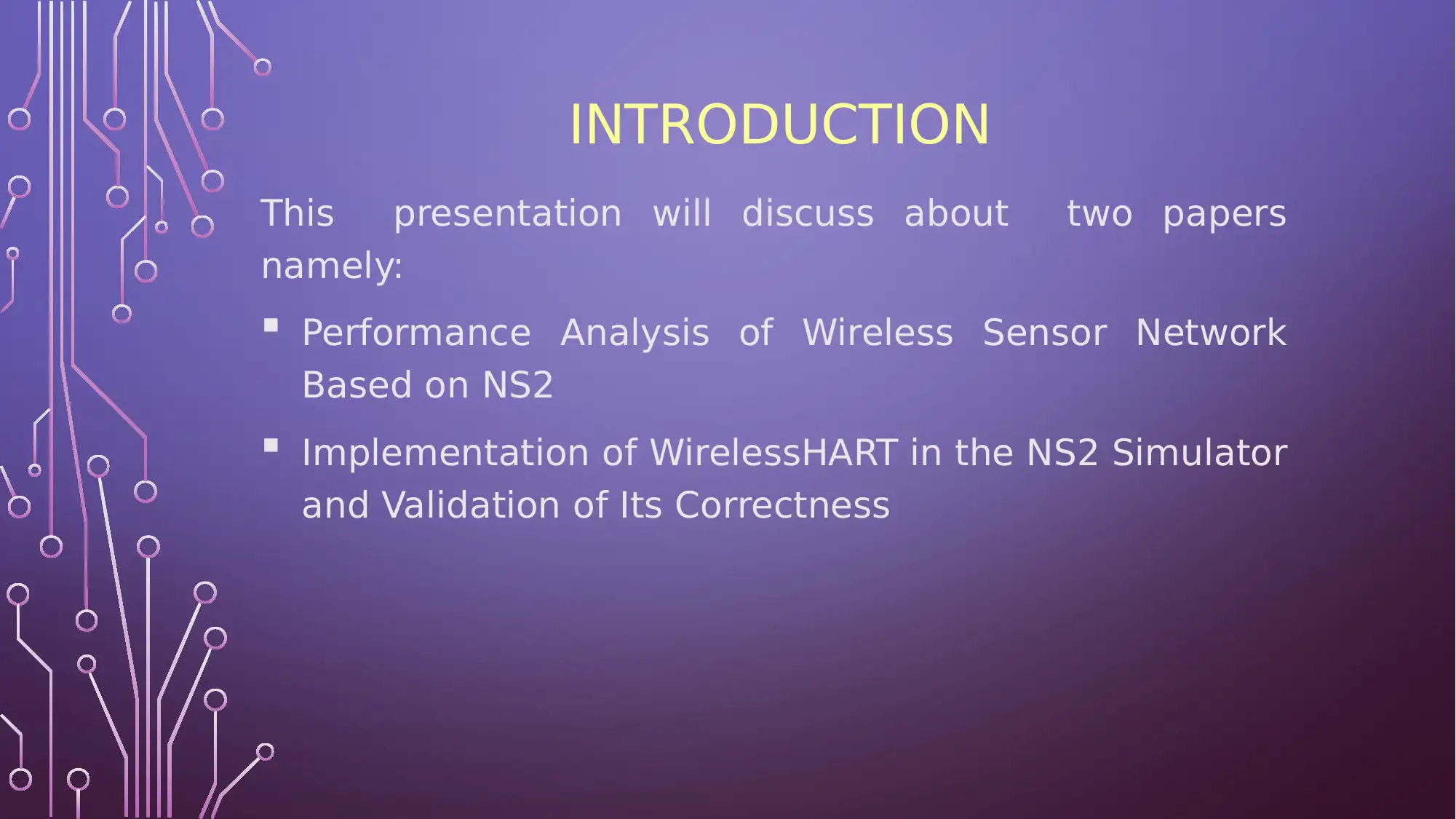


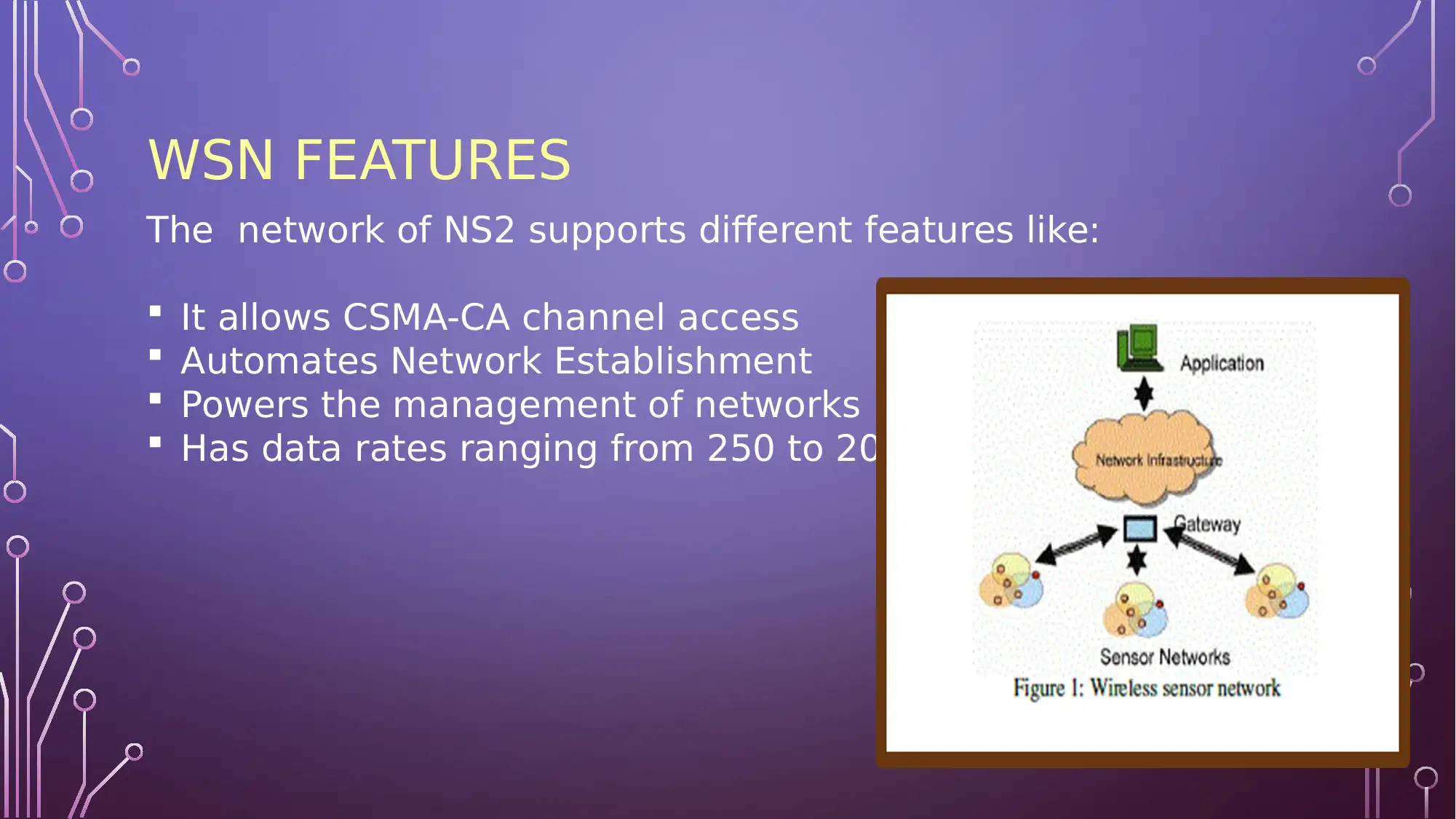

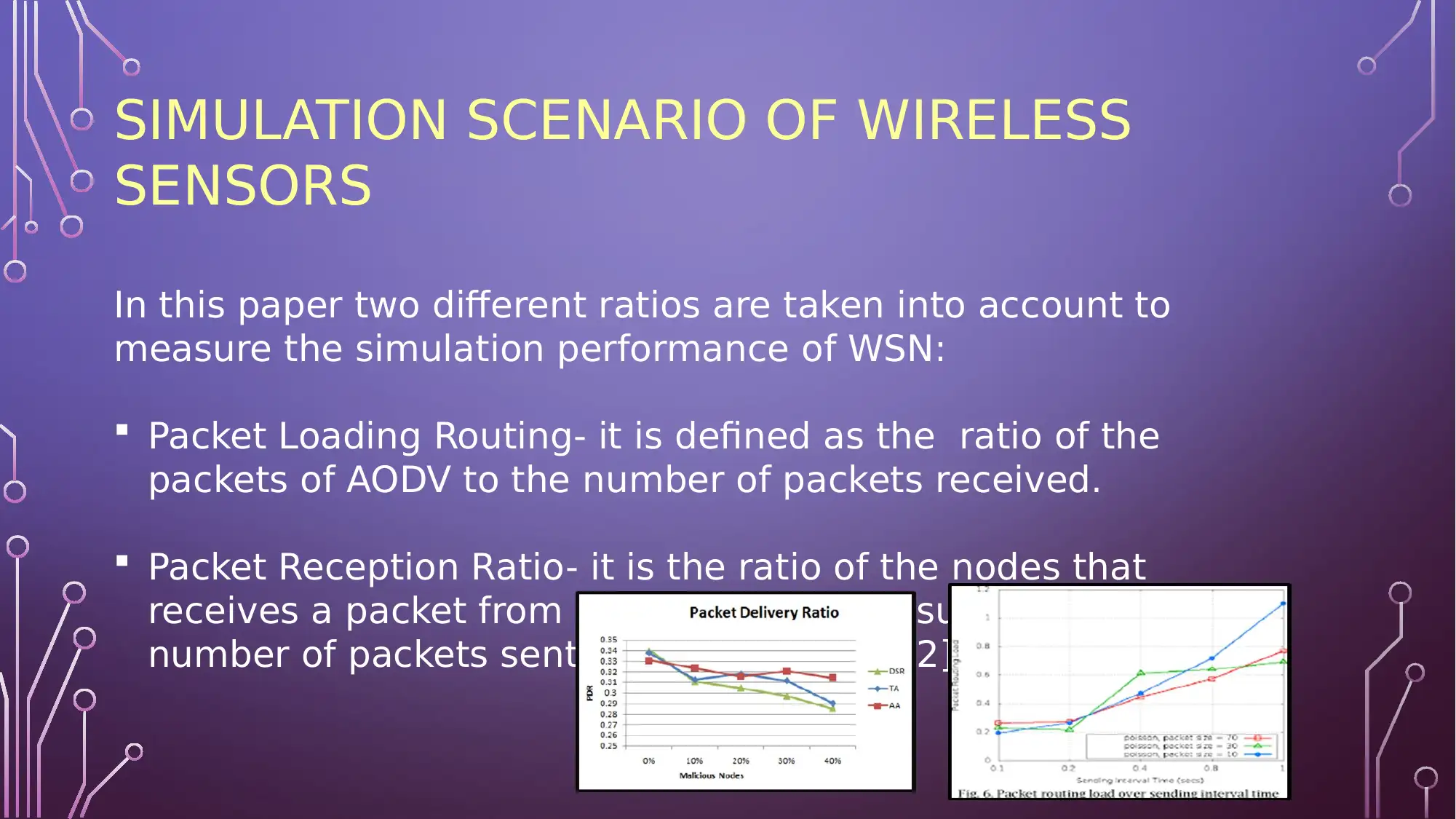
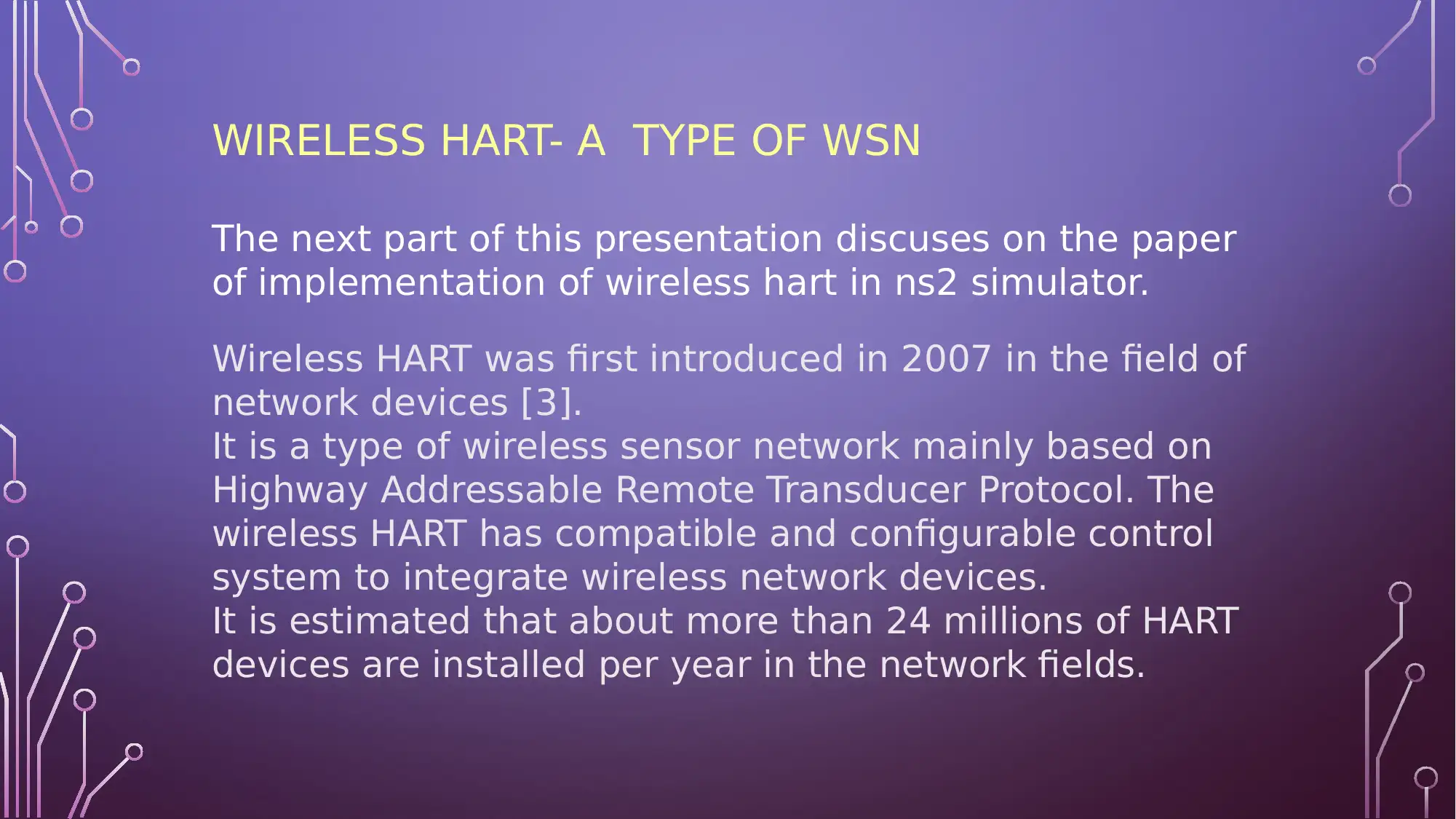
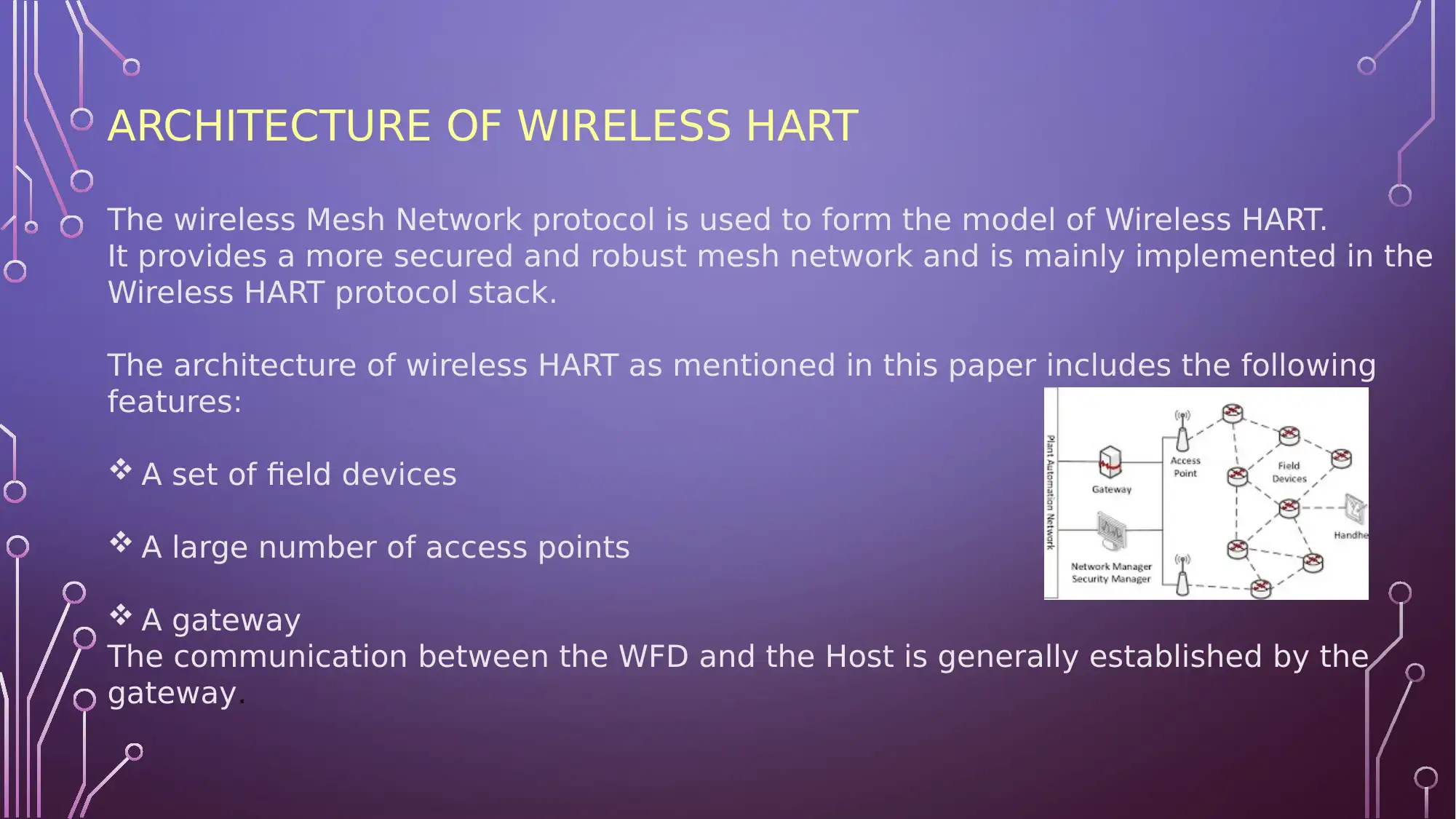
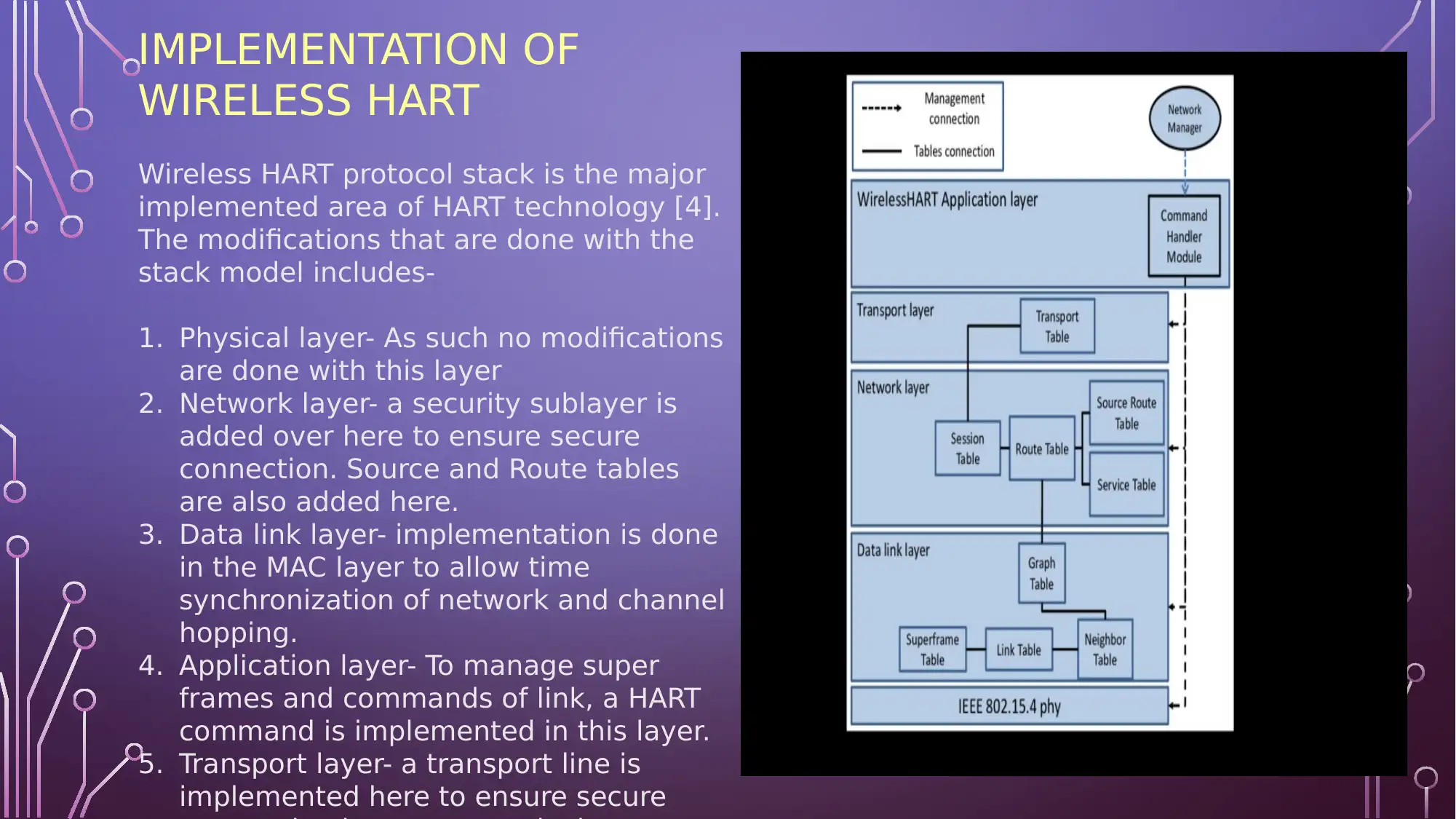
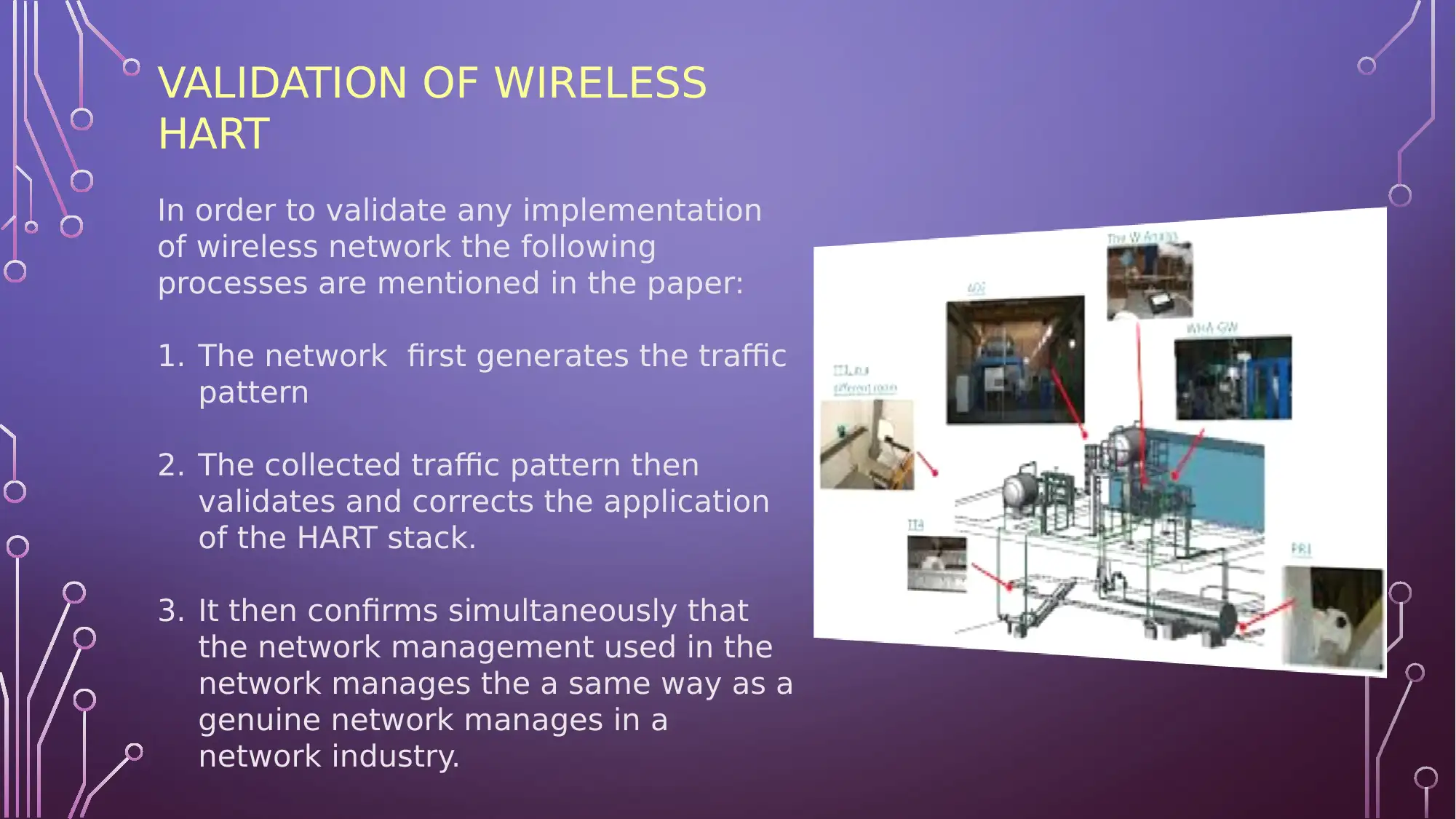
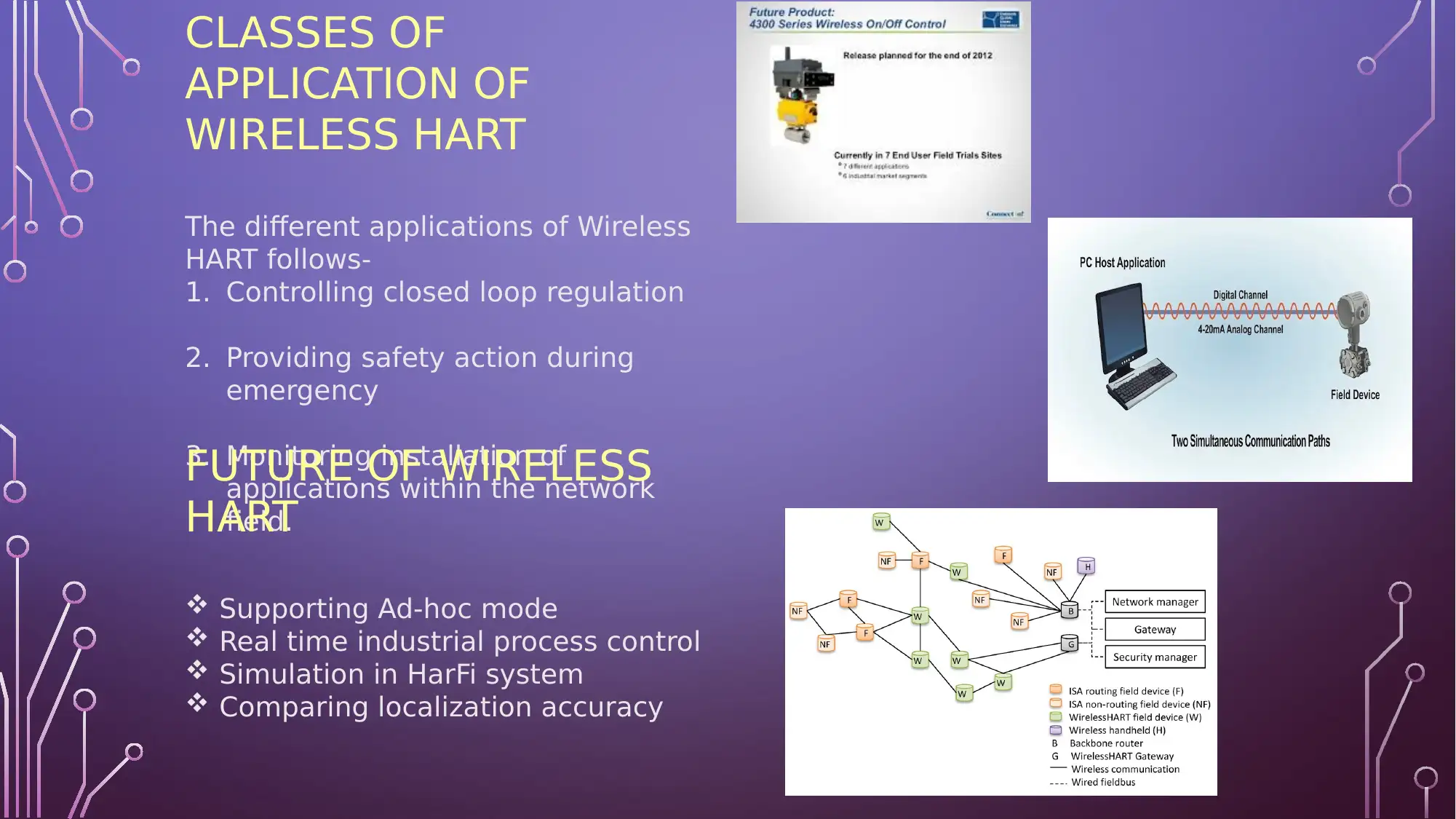
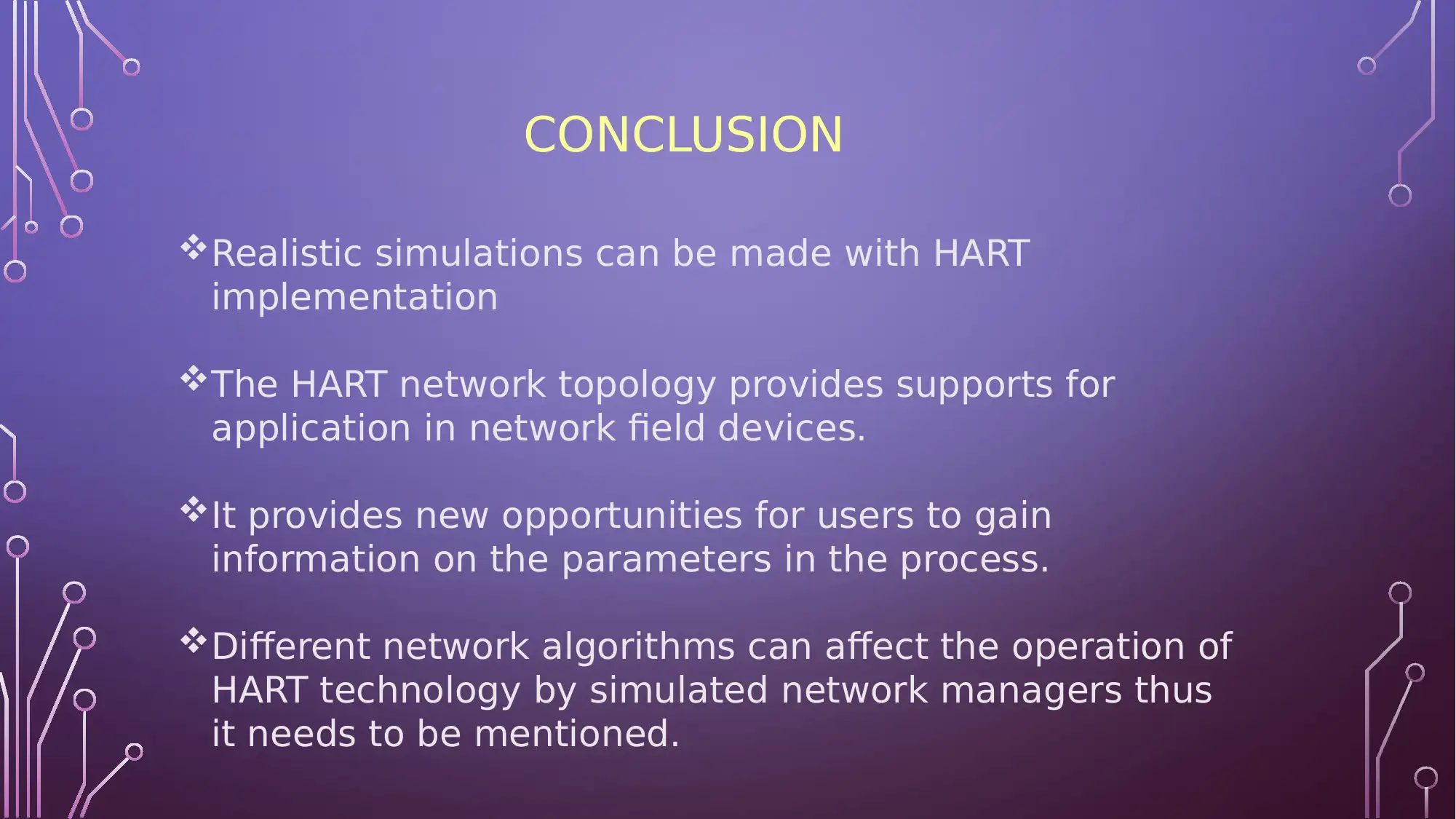


![[object Object]](/_next/static/media/star-bottom.7253800d.svg)